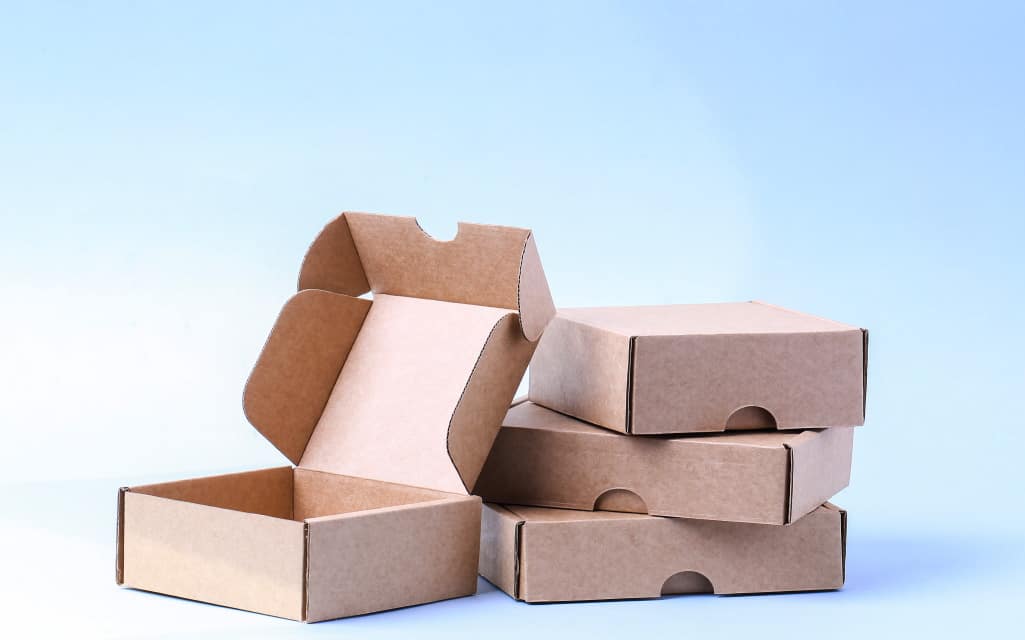Product packaging serves a valuable practical purpose in that it protects goods from damage during shipping and handling, but that isn’t where it truly shines. Effective packaging will also make a product appear more desirable. So almost all businesses should contact the best packaging company for their product packaging. Read on to find out about six of the most important elements of effective packaging design to learn how to create eye-catching packaging that will make any product stand out in a crowd.
Clear Purpose
No shopper will try out a new product if he or she isn’t even sure what it is or how it works. Don’t assume it will be obvious. Clarify the product’s purpose through careful package design, especially if it will be completely obscured by cardboard, opaque plastic, or other materials.
Not sure what the best type of packaging would be for a particular consumer good? Business owners may want to know that clsmith.com has options for all kinds of product packaging.
Clear Branding
Effective corporate branding is about more than just slapping a company logo somewhere on the package. Try to incorporate other elements of the brand like color schemes, unique typography, or even company mission and values. Customers who already use other products made by the same brand will be more likely to notice a new one and want to try it out if it’s clear who made it.
Targeted Design
It’s just as important to design product packaging to appeal to target demographics as it is to perform market research before developing new products. A shopper looking for healthy foods will be more attracted to all-natural packaging that features neutral earth tones than neon-orange plastic, for example. Developing a better understanding of a product or brand’s target demographics and what they like requires work but it pays off in the long run.
Product Benefits
Effective packaging will offer clear information about the product, including its benefits or what gives it an edge over the competition. To take another look at the example above, packaging designers should label the healthy foods as such by indicating that they are low in sugar, organic, plant-based, or otherwise designed with consumers’ health and wellness in mind. It’s also fine to point out company values and ideals or even discuss the benefits of the packaging itself, especially if it is sustainably produced.
Emotional Response
Packaging designs that evoke emotional responses in shoppers are more likely to stick in their minds even if they don’t buy the products the first time they see them. Use photos or drawings that appeal to positive emotions like joy, aspiration, or nostalgia to attract attention and ensure that the product is memorable. Just make sure to balance appeals to emotion with appeals to reason like touting the benefits of the product and describing its features.
Eye-Catching Designs
Eye-catching doesn’t necessarily have to mean brighter or larger than every other product on the shelf. Get creative and use different shapes or even textures in packaging to make it stand out. Just remember to keep target demographics in mind.
The Bottom Line
Creating effective packaging designs requires some work but it’s worth it in the long run. Consumers will be more likely to purchase products with packaging that offers plenty of information, makes appeals to their emotions, and creates a memorable impression. Business owners who need help with packaging design shouldn’t hesitate to hire an outside consultant to help them get it right.



